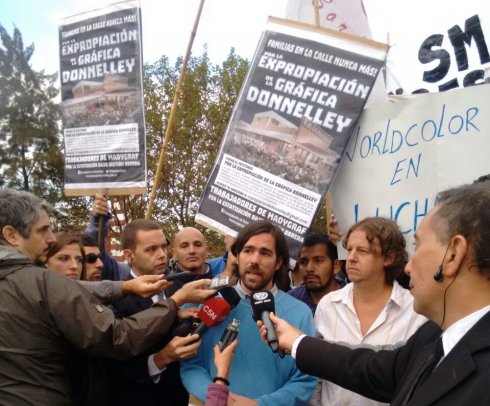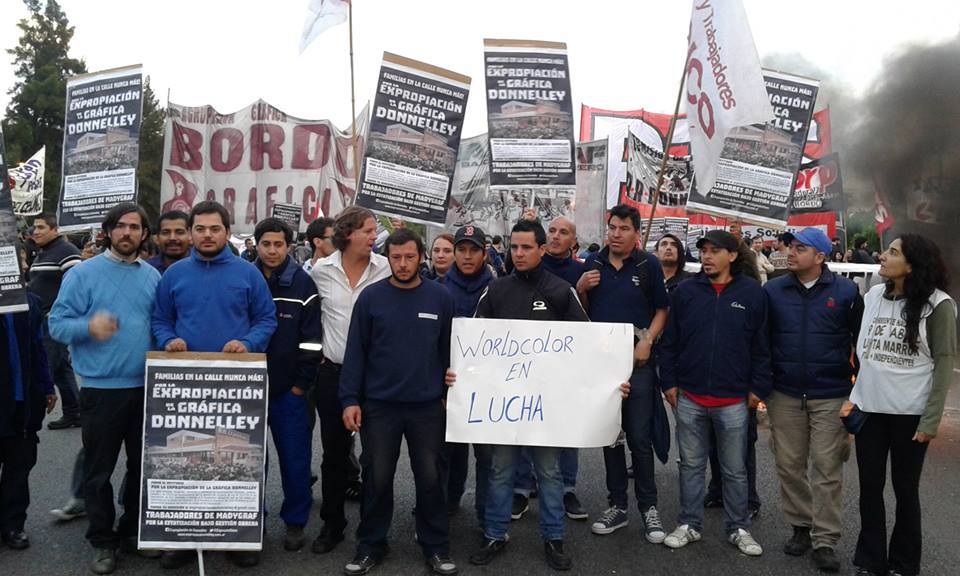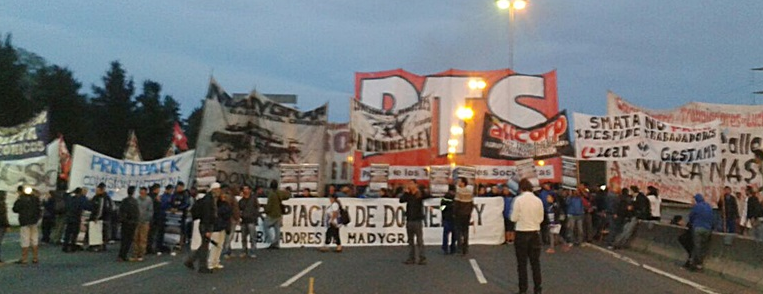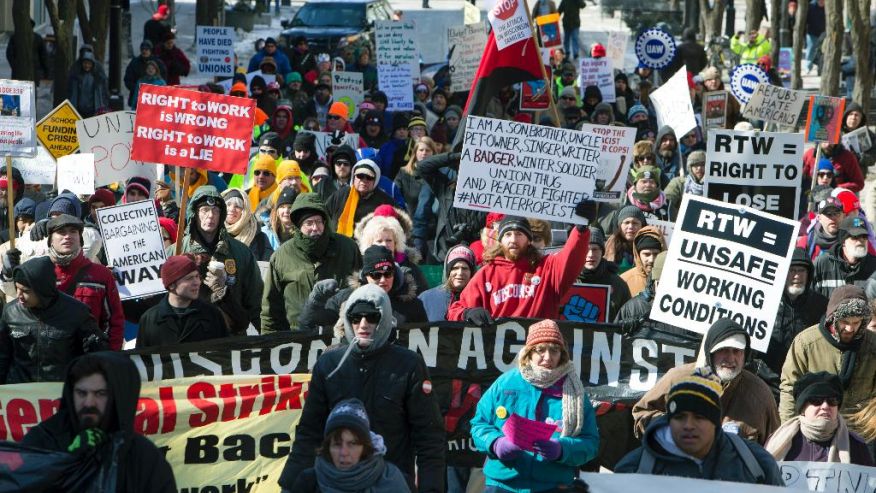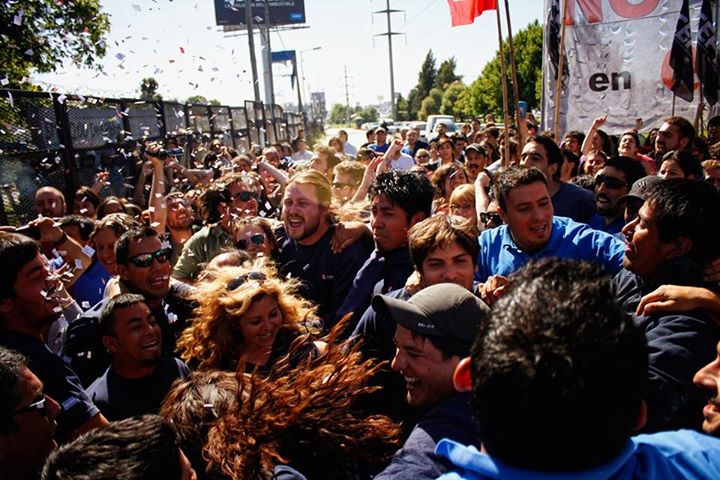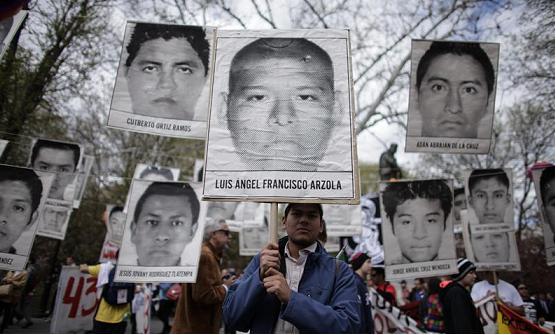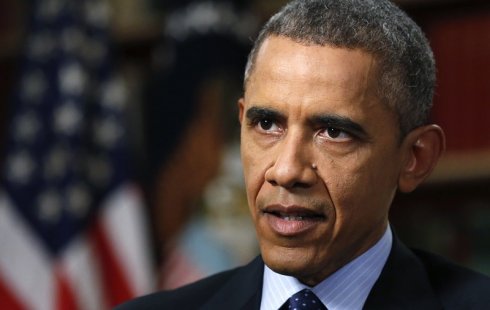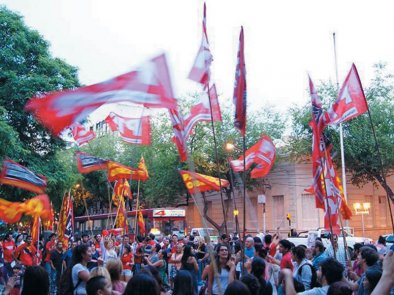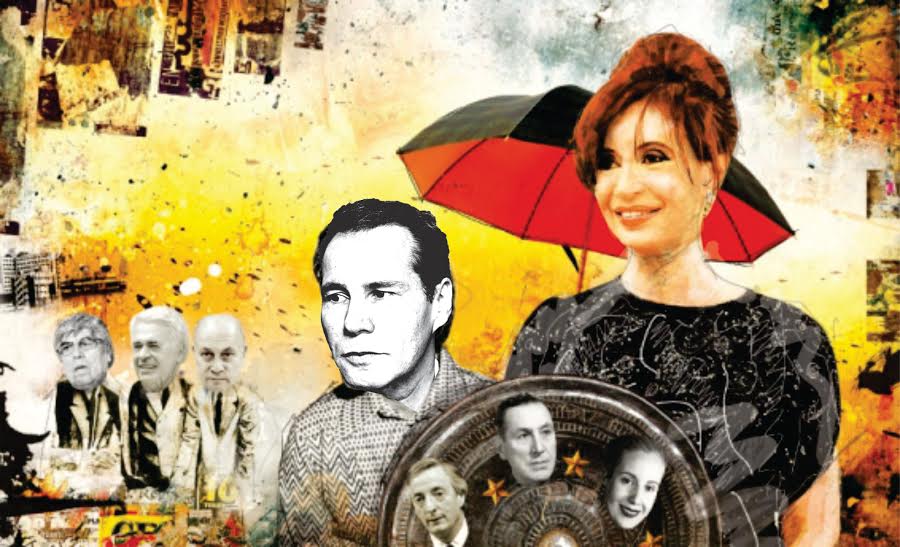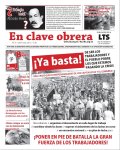Great Britain
Thousands against the cuts
30/10/2012
By Alejandra Ríos
On Saturday, October 20th, more than 150,000 people took to the streets of central London, and more than 20,000 marched in Glasgow (Scotland) and Belfast (Northern Ireland), to protest against the austerity plan of the Conservative and Liberal Democratic Parties’ coalition government. Under a typically grey sky, the first contingents began to gather at mid-morning. Delegations of public sector, healthcare and transport workers and teachers arrived in buses and trains from different parts of the country to assemble at Embankment Station, the march’s point of departure.
The march began at noon, but the delegations had to wait for more than 2 hours to start – an indication that the participation was high. The protest was called by the TUC (Trade Union Confederation), with the slogan “For a Future That Works.” After the massive protest on March 26th, 2011, where half a million people went out to the streets, and the November 30, 2011 “near” general strike of public sector employees against the attack on pensions, there are plenty of signs of the atmosphere of opposition to the cuts that are being experienced among the workers, young people, and the groups most afflicted by the attacks. The Occupy the Streets movement, with a limited impact, but with a big media impact and a symbolic value among activists, had its first birthday in the streets. Although almost no one mentions it any longer, the uprising of unemployed young people in the poor areas of the country was another sign of how the capitalist crisis is hitting.
Since the coalition government took office, there have been shutdowns of public services, an increase in the retirement age, cutbacks in jobs, a lack of jobs for young people (who are “neither working nor studying”), an increase in university tuition, cuts in benefits, etc. However, the union leaderships are only calling marches, without calling for concrete actions of struggle that will be on a par with the attacks, and, among their solutions, they are proposing Keynesian measures to stimulate the economy, to fight unemployment and the crisis, next to a model tax on the rich, known as a Robin Hood tax, that turns into a voice in the void, since only the workers, through their own organization, are the ones who can propose an alternative, in defense of their own interests. In the October 20 march, there was a high presence of rank and file workers from a broad spectrum of unions: UNISON (public-sector workers, healthcare), UNITE (general, cleaning, maintenance), RMT (transport), PCS (government departments), CWU (communications), UCU and NUT (university and primary-school teachers); the presence of electricians’ unions (recently in struggle) was obvious, and strong participation by young people and university and secondary students. On the placards, one could read: “We won’t pay for the crisis!”, “A future for everyone”, “No cuts". There were also signs asking for the calling of a general strike, a proposal that has begun to be discussed more among activists in workplaces and in the collectives and networks against the austerity measures. Against this backdrop, the groups of union leaders on the left of the Labour Party – which is the historic leadership of the union movement – and, owing to pressure from the rank and file, have called on the executive of the TUC to set a date for the general strike. By press time for this edition, the UNITE union, one of the biggest in the country, that brings together groups with uncertain employment, that brought more than 10,000 workers to the protest, the RMT and the PCS, have declared themselves in favor of the general strike. This appeal, that, for now, is “wishful thinking", could begin to show that Great Britain is approaching her neighbors on the other side of the Channel, although the situation is far behind that in Spain, Portugal and Greece – since, regardless of the soundness of the states’ economies, the austerity measures to confront the crisis are the common denominator.
Thousands of young students, who know that an uncertain future is awaiting them, although they will get a degree, joined the march. Some showed up with masks of Cameron (the Prime Minister) with a clown’s nose, others with masks of the detested Education Minister, many of them expressing their solidarity with the workers and unity in the struggles. In a real fighting spirit, one could read on the signs, “This is a government of and for the rich”, “What they should cut is Osborne’s neck” (Chancellor of the Exchequer), “We have come out to the street, because they are cutting back basic services, while they bail out the banks", “Tax the rich.”
Along the route of the march, young people from “UK Uncut”, the collective against the cutbacks, organized sudden occupations in stores of the tax-dodging chains, like Boots pharmacies, Top Shop fashions, and Starbucks cafes. Right at the end of the march, the network Disabled people against the cuts – a group that has been the target of brutal attacks – organized street blockades. After more than four hours of a loud and lively march, we arrived at Hyde Park, in the center of London, where the final rally was convoked. The speakers were diverse, from union leaders to the leader of the opposition Labour Party, who was jeered by some. During the rally, the demonstrators cheered when one of the union leaders called for the general strike, and the willingness to go on strike was approved by a show of hands. It is necessary to take this expression, made in a central London park on a Saturday afternoon, to the workplaces, so that it can become a concrete action, that ends by imposing a plan of struggle that can bring down this government of the rich. A good date would be to make the strike coincide with the call for a strike on November 14 in several European countries. It is already clear that austerity is not working....
October 24, 2012
